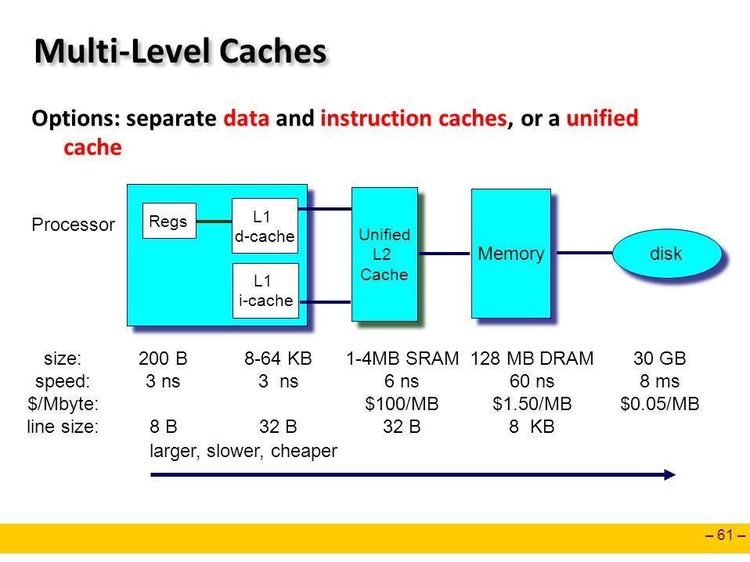Dec 062017
| DCACHE disk cache from PC Mag. Includes full ASM source code. | |||
|---|---|---|---|
| File Name | File Size | Zip Size | Zip Type |
| DCACHE.ASM | 55450 | 10258 | deflated |
| DCACHE.COM | 1998 | 1617 | deflated |
| DCACHE.DOC | 2036 | 1073 | deflated |
| TPCREAD.ME | 199 | 165 | deflated |
Download File DCAASM.ZIP Here
Contents of the DCACHE.DOC file
DCACHE
Command
Douglas Boling
1988 No. 17 (Utilities)
Purpose:A memory-resident hard disk cache that speeds disk Input/Output
by holding recently-accessed data in RAM, where it can be more quickly retrieved
than by being read again from the hard disk.
Format:DCACHE [/OFF | /ON] [/U] [/Mx] [/E] [/Hx]
Remarks:When entered without any of its optional parameters, DCACHE
installs and activates itself as a 64KB conventional (DOS) memory cache for the
primary hard disk drive in the system. The size of the cache, in kilobytes, can
be varied by inclusion of the /Mx parameter, where x may be any one of the
following values: 16, 32, 64, 128, 256, 512, 1024, 2048, 4096, or 8192.
Expanded memory that conforms to the Lotus/Intel/Microsoft Expanded Memory
specification can be used in place of regular DOS memory by loading DCACHE with
the optional /E parameter.
The /Hx parameter specifies which of two physical hard disks are to be
cached: /H0 is the default primary drive and /H1 is the secondary drive. Note
that a hard disk that is logically partitioned into several smaller drives is
considered as a single drive by DCACHE. DCACHE cannot be set to cache floppy
disk drives, but this need can be met by entering the BUFFERS=3 command as a
line in the system's CONFIG.SYS.
After DCACHE has been installed, caching may be disabled or re-enabled
by issuing the DCACHE /OFF or DCACHE /ON commands. DCACHE /U uninstalls the
program from memory if no subsequent terminate-stay-resident program has been
loaded and if BIOS interrupt 13h has not been changed since DCACHE was
installed.
DCACHE may be executed either from the DOS prompt or as a line in an
AUTOEXEC.BAT file. The DCACHE syntax may be reviewed by entering DCACHE ?
before or after loading the program. In the latter case, only the /OFF, /ON,
and /U options will be displayed. In addition to the memory reserved for the
cache itself, DCACHE occupies approximately 1,200 bytes of RAM.
December 6, 2017
Add comments
